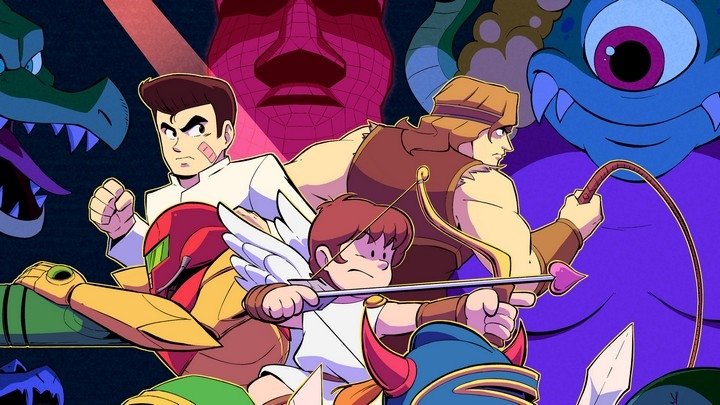Let's explore Metroid's world in a 30-minute video deep-dive
Spend some quality time with our friend Samus.
Super Metroid turns 25 in a few days. Boy, we're old, huh? I've been celebrating this event by way of a live stream trilogy that I hope to wrap this evening, but I also timed a two-part Metroid retrospective for NES to coincide with the anniversary as well. After all, much of what made Super Metroid so great had to do with the way it expanded on the original game's mechanics and setting.
But the original Metroid was no slouch, either. Sure, it's aged a bit roughly. In the context of NES Works, however, I think you can get a better sense of why it had quite an impact back in the day—especially in the U.S. There wasn't much innovation happening in the console space in America at the time outside of the NES, with Sega and Atari just barely getting into the game (or back into the game) as the summer of 1987 rolled around. Meanwhile, Nintendo delivered a three-hit combo with Kid Icarus, Zelda, and Metroid, effectively bringing the best of the groundbreaking games emerging from Japan to Western players in a very convincing fashion.
Honestly, I could have wrapped this retrospective with part one, but Metroid had a profound effect on me. Part two of this retrospective moves away from the pure historic and mechanical significance of the game and more into the elements that resonated with me personally. 1987 was a huge year for the NES—maybe its best year in terms of the quality-to-trash ratio of its library—and games like Metroid are why.




